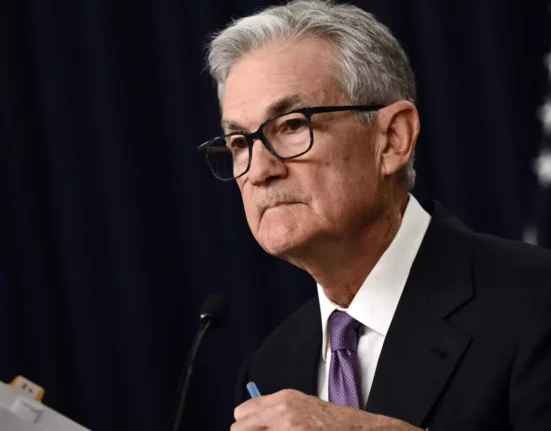The Australian Capital Territory (ACT) government has unveiled an ambitious vision for the future of Canberra’s public transportation system. The new vision focuses on the redevelopment of a key roundabout as part of the proposed Stage 2B light rail project, which aims to enhance connectivity between various parts of the city. Let’s delve into the details and expert insights surrounding this transformative initiative.
The latest designs for Stage 2B highlight significant changes that are set to reshape the urban landscape of Canberra. One notable aspect is the reconstruction of the roundabout at Yarra Glen, turning it into a major intersection to accommodate the extension of the light rail network from Gungahlin to Woden. This development showcases a strategic approach to improving public transport infrastructure in the region.
As part of its draft environmental impact statement, the ACT government revealed two potential alignments for Stage 2B – State Circle East and National Triangle Barton. While both options were thoroughly assessed based on technical reports, State Circle East emerged as the preferred choice due to its direct route along Commonwealth Avenue, State Circle, and Adelaide Avenue. This decision reflects a meticulous planning process aimed at maximizing efficiency and effectiveness in public transportation.
Anthony Haraldson from Infrastructure Canberra emphasized the significance of this milestone achievement, stating,
“The release of the environmental impact statement represents years of dedicated work and collaboration with various stakeholders. This project marks a pivotal moment for Canberra’s infrastructure development, underscoring our commitment to creating a sustainable and integrated transport network.”
The detailed plans also shed light on specific modifications planned for Woden’s roundabout area. Traffic lights will be strategically installed to facilitate seamless movement for both vehicles and light rail services. Additionally, enhancements such as improved lighting, pedestrian bridges, and optimized travel paths demonstrate a holistic approach towards enhancing commuter safety and convenience.
Ryan Hemsley from the Public Transport Association of Canberra highlighted the importance of ensuring smooth integration between light rail services and existing bus networks. He expressed keen interest in leveraging this opportunity to enhance connectivity within Canberra’s southern suburbs through effective multimodal transportation solutions.
Looking ahead, community feedback will play a crucial role in shaping the final outcomes of Stage 2B. The government has invited public input until September 5th, offering citizens an opportunity to contribute their perspectives towards refining this transformative project. With construction expected to commence in 2028 and completion estimated by 2033, Canberra stands poised for a significant evolution in its public transit system.
In conclusion, Canberra’s envisioned transformation through Stage 2B of the light rail project signifies a forward-thinking approach towards sustainable urban development and enhanced mobility options for residents. By incorporating expert insights and community engagement into its planning process, the ACT government is paving the way for a more connected and accessible capital city.









Leave feedback about this